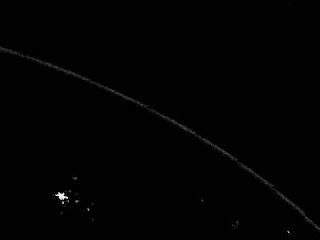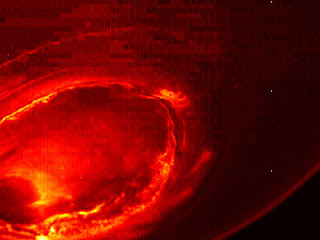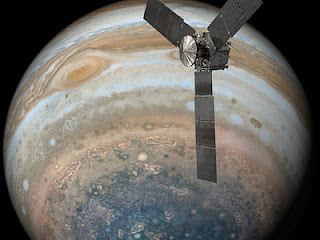Telescope

Telescope is an optical instrument using lenses, curved mirrors, or a combination of both to observe distant objects, or various devices used to observe distant objects by their emission, absorption, or reflection of electromagnetic radiation. The first person to apply for a patent for a telescope was Dutch eyeglass maker Hans Lippershey (or Lipperhey). In 1608, Lippershey laid claim to a device that could magnify objects three times. His telescope had a concave eyepiece aligned with a convex objective lens. Primary mirror (for reflecting telescopes), which carries the same role as the primary lens in a refracting telescopes. Eyepiece, which magnifies the image. Mounting, which supports the tube, enabling it to be rotated. Types of Telescope. There are three main types of telescope. These are refracting telescopes, Newtonian telescopes and Schmidt-Cassegrain telescopes. The Arecibo radio telescope still represents the largest single-aperture telescope e...















































